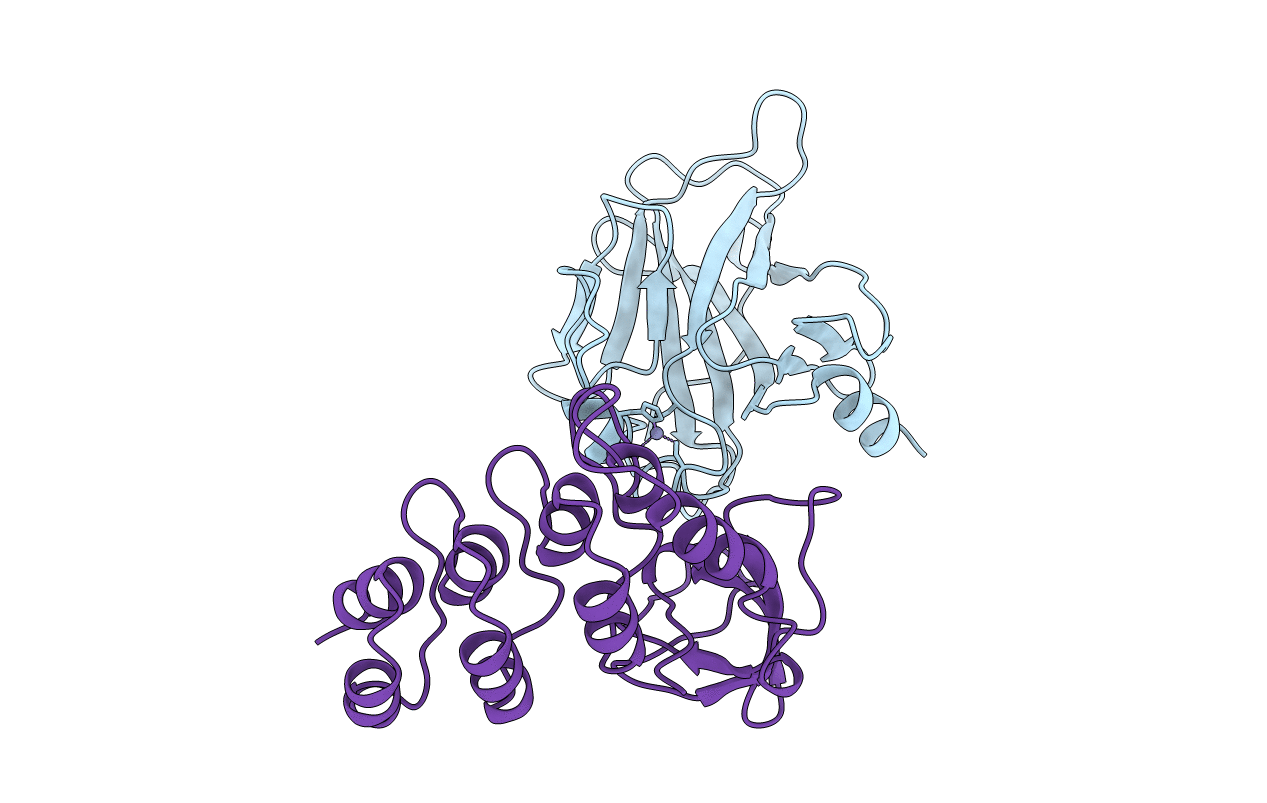
Deposition Date
1996-09-30
Release Date
1997-11-19
Last Version Date
2024-02-14
Method Details:
Experimental Method:
Resolution:
2.20 Å
R-Value Free:
0.28
R-Value Work:
0.20
R-Value Observed:
0.20
Space Group:
P 21 21 21


